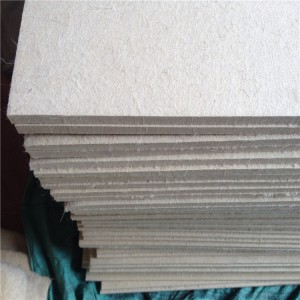Wool felting has a rich history that spans cultures and centuries. Originating from practical needs such as creating warm clothing and durable shelter, it has evolved into a highly regarded art form. The process begins with raw wool, which is carefully selected for its quality and texture. Through methods like wet felting, where hot water, soap, and agitation are used to interlock the fibers, or needle felting, which employs barbed needles to tangle and shape the wool, artisans can create a wide variety of items, from intricate sculptures to functional home decor.
One of the most exciting aspects of the wool felting revival is the infusion of modern innovation. Contemporary artists are pushing the boundaries of this traditional craft, experimenting with new techniques, materials, and designs. For example, some are combining wool felt with other textiles like silk or linen to create unique textures and visual effects. Others are using advanced dyeing methods to produce vibrant, multi – colored felt that adds a new dimension to the art form.
In addition to artistic innovation, wool felting is also making waves in the sustainable fashion and design industries. As consumers become more environmentally conscious, there is a growing demand for products that are made from natural, renewable materials. Wool, a biodegradable and renewable resource, fits the bill perfectly. Felted wool products are not only eco – friendly but also durable, with a long lifespan that reduces the need for frequent replacements.
Moreover, the rise of online platforms has provided a global stage for wool felting artisans to showcase their work and connect with customers. Etsy, for instance, is filled with shops dedicated to selling hand – made wool felt items, from cute animal – themed keychains to elegant felted shawls. These online marketplaces have democratized the art of wool felting, allowing small – scale producers to reach a worldwide audience and compete in the global marketplace.
However, despite its growing popularity, the future of wool felting also faces challenges. The availability of high – quality wool can be affected by factors such as climate change and changes in the sheep – farming industry. Additionally, as with any traditional craft, there is a need to ensure that the skills are passed down to future generations. To address these challenges, there are initiatives to support local sheep farmers and promote educational programs in schools and community centers.
In conclusion, the resurgence of wool felting is a remarkable phenomenon that combines the best of tradition and innovation. Whether it’s through creating beautiful art pieces, contributing to sustainable living, or fostering a sense of community among artisans, wool felting continues to thrive in the modern world, and its future looks bright as long as we continue to nurture and celebrate this unique craft.
Post time: May-29-2025

